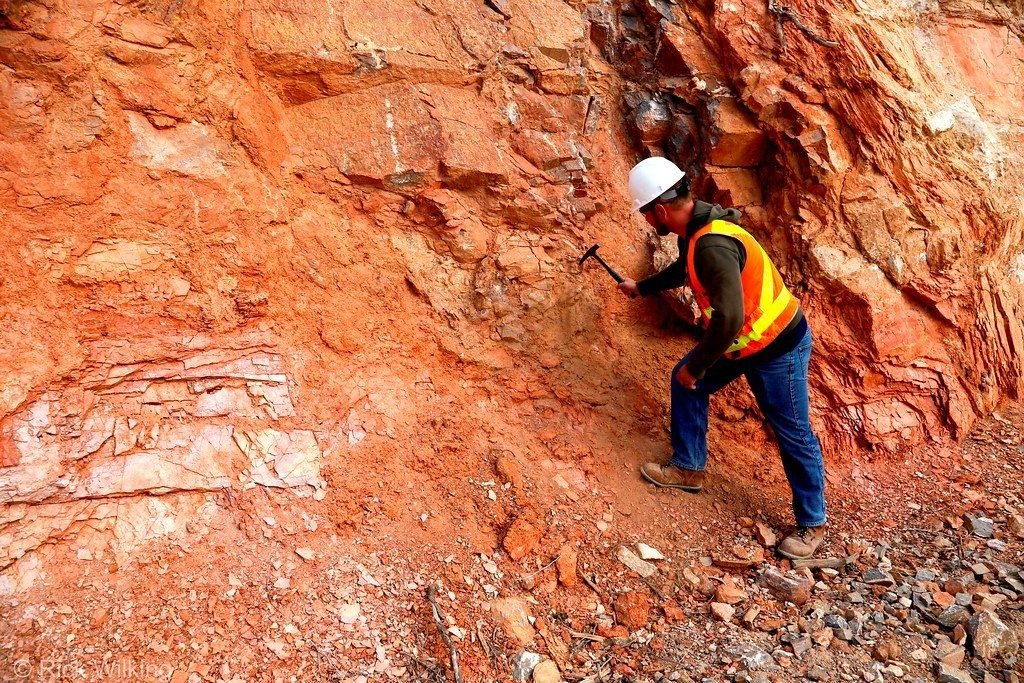The Mexican Geological Service (SGM) reported that it is exploring for uranium, thorium and rare earths.
SGM is a decentralized public agency of the Mexican federal government that promotes and conducts geological, mining and metallurgical research.
Mining in Mexico
According to Snow Lake Resources, uranium demand is being driven by three factors:
- The increasing focus on nuclear power as a component of the net zero emissions goal.
- A policy shift to include nuclear power as clean energy.
- The number of nuclear reactors in operation and under construction.
Uranium
SGM exploration of uranium, thorium and rare earths seeks to contribute to the development of industrial sectors. It aims to promote economic growth. In addition, it focuses on boosting supply within the value chains of the hydrocarbon and electricity industries.
The SGM carries out geological explorations. These are aimed at identifying sites with the potential to contain radioactive and associated minerals, such as uranium, thorium and rare earths.
It also conducts annual inventories of coal mining locations.
This information is key to update the reserves of this mineral in Mexico. This supports industrial and economic growth in power generation in the country.
Between September 2023 and June 2024, six new prospective mining locations were identified in Mexico. Of these, four are for radioactive minerals and two for rare earths. In addition, during the same period, the estimate of coal resources in the Sabinas structure was updated, which is estimated at 449.9 million tons.
On a global scale, with 440 reactors in operation in 31 countries and 60 reactors under construction in 18 countries, total unmet uranium requirements exceed 500 million pounds through 2030.
The World Nuclear Association’s Nuclear Fuel Report (2023) shows a 28% increase in uranium demand over the 2023-2030 period.
Thorium
US Nuclear Corp refers that the next generation of nuclear reactors, called molten salt reactors and liquid fluoride thorium reactors, use fuels other than traditional uranium and plutonium sources.
Thorium, significantly more abundant than uranium, is very difficult to use to create nuclear weapons, is a favorite of many governments and, as a conventional energy source, has proven to be very effective.

